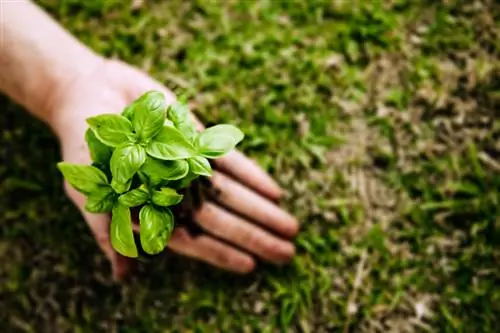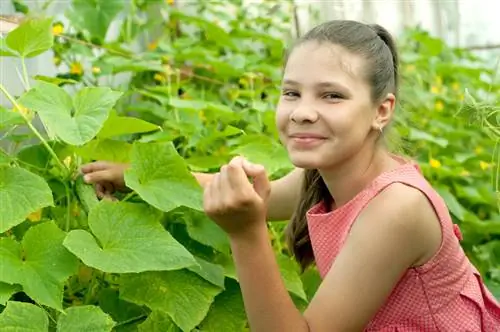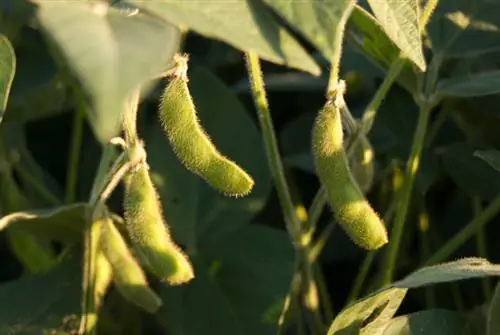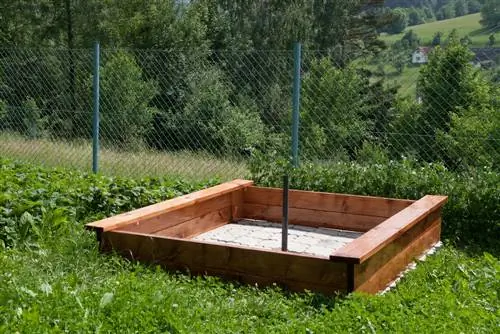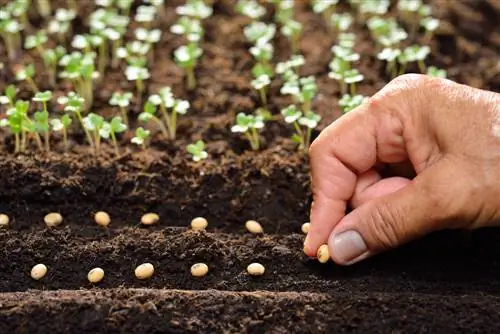- Author admin [email protected].
- Public 2023-12-16 16:46.
- Last modified 2025-01-23 11:20.
A herb called basil has grown on your plate to combat boredom. The tropical royal herb is well known to gourmets and amateur gardeners. Use a profile to familiarize yourself with useful details regarding botany and cultivation.
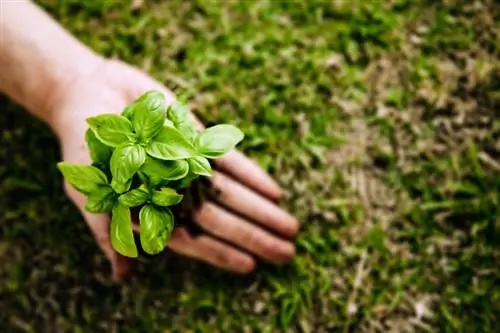
What are the most important facts about basil in the profile?
Basil, also known as royal herb, belongs to the mint family of plants and has over 60 species. It is native to India, Africa and Asia and can grow 20 to 60 cm high. Sun, warmth and nutrient-rich, well-drained soil are particularly important for cultivation.
Botanical profile provides valuable information about cultivation
When basil celebrates its premiere in the bed or on the balcony, experienced hobby gardeners first take a look at the botanical attributes. Substantial information on which successful cultivation is based is hidden here:
- Lamiaceae plant family
- Basil genus (Ocium) with more than 60 species
- Origin India, Africa and Asia
- perennial or annual herb plant
- Growth heights from 20 to 60 centimeters
- white lip flowers from July to September
- 1-2 millimeter small ovaries with light-germinating seeds
- Temperature minimum 10-12 degrees Celsius
- Deeproots
- Heavy eaters
- rich in essential oils
It is primarily the high essential oil content that defines the worldwide popularity of basil. Above all, estragole with up to 90 percent and linalool with up to 85 percent. The former is currently suspected of having a carcinogenic effect. If at all, the he alth risk occurs from a quantity of 20 basil leaves. In contrast, linalool is considered a good mood substance from Mother Nature.
This is how cultivation benefits from basil profile
The information in the profile results in these insights for the successful cultivation of royal herb in the hobby garden:
- do not cover the seeds with substrate when sowing
- germination requires temperatures of 20-25 degrees Celsius
- Planting out is only possible from mid-May, when the temperatures rise
- The only possible location is a sunny, warm, sheltered location
- the soil should be nutrient-rich and well-drained
The botanical attributes suggest that basil relies on regular fertilizer and water. If the temperatures fall below 10 degrees Celsius, basil is moved to a warm, bright winter quarters. However, given its tropical origins, multi-year cultivation is associated with considerable risks.
Tips & Tricks
What the profile doesn't immediately reveal is the loss of the wonderful aroma of basil leaves after flowering. So that careful care results in a long-lasting harvest, the shoot tips should be consistently cut off.

